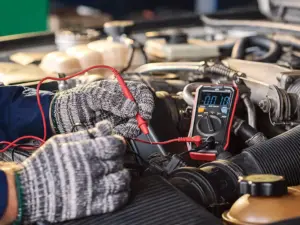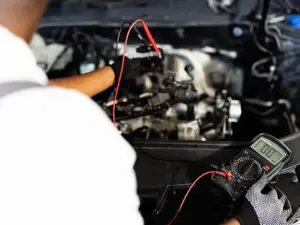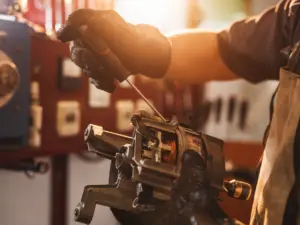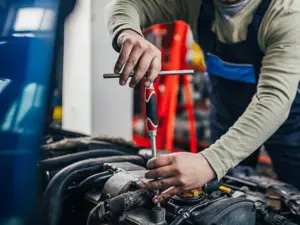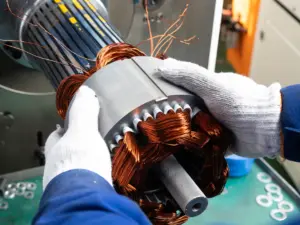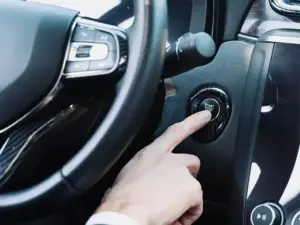
Introduction
Finding out that you must fix your auto starter may be annoying. It can also be discouraging. When you turn the key, it should start your engine with ease. If it doesn’t, you hear a warning click that means trouble is coming. And be assured that you’re not the sole individual facing this challenge.
We need to provide you with a detailed plan for handling this challenging circumstance. We have an extensive guide. It’s designed especially for people dealing with a malfunctioning car starter. The methods described here provide hope in the face of uncertainty. You might find yourself stranded in your driveway on a chilly morning. Or you’re in a well-lit driveway following a demanding workday.
The following sections explore diverse, practical approaches and techniques. They’ll help you revive your car, even without an operational starter. Every strategy we develop aims to get you on the road again as quickly as possible.
Tips to Use a Bad Starter to Turn on a Car:
Getting help or having your car towed to a repair shop is your only option when it will not start. If your car’s starter is not operating, you can try a few different ways to get it started. Here are some tactics to think about:
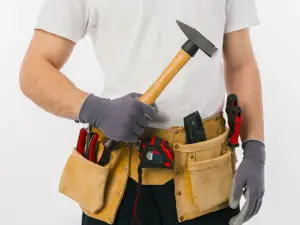
1. Tap the Starter Motor:
Sometimes, tapping a worn-out starter motor with a blunt tool (a wrench or hammer) will give it a brief life again. Locate the starter motor beneath your vehicle, next to the engine. Tap it a few times. Doing this might release any stuck parts and engage the starter.

2. Use the “Bump Start”
If your car has a manual gearbox, you can start using the bump start technique. This is how you do it:
- Park your car on a slight incline or enlist the help of some friends to help push the vehicle.
- Push the accelerator to engage the following gear in the gearbox.
- To get into the automobile, click on the car’s ignition key.
- Give up on the parking brake and ask your helpers to push the vehicle until it accelerates.
- Press the clutch pedal When the vehicle reaches a reasonable speed (between 5 and 10 mph). The car’s engine ought to ignite because of the motion of the car.
- When using this technique, exercise caution. It calls for coordination and can be harmful if done incorrectly.
3. Jump Start the Car:
You can start an engine that is not starting with a jump start. A jump start supplies enough electrical power. Use a lightweight jump starter using the battery of another automobile to jump-start your own vehicle. Use jumper cables. Ensure that you attach the wires. Also, make sure the cars are not in contact. Proceed with the correct jump-starting technique. Once you’re connected, attempt to start your vehicle. If it works, start the car to replenish the power source.
Check and Clean Battery Connections:
The starter could only get enough power if the wiring and battery terminals were connected efficiently. Examine the battery terminals for corrosion, dust, and unfastened connections. To offer a robust electrical connection, tighten the wires. Following that, use a wire-brushed cloth to scrub the terminals.
Engage the Ignition Many Times:
You may force a complex starter to start by repeatedly turning on and off the ignition key. Rotate the key frequently until it reaches the “on” status, pausing in among. It could jolt the engine’s starter to turn it on.
What exactly Must I Look for If My Vehicle Isn’t Starting?
Suppose you have attempted the fixes above, and your automobile still needs to begin. In that case, there can be more big issues with it. If your vehicle may not start, study these additional components:
1. Battery Health:
Your battery could not have enough strength to start the engine, even if it’s far-charged enough to try. To decide the voltage of your battery, use a multimeter. The voltage of a charged battery should be around 12.6 volts. A lower voltage may show that a battery is weak or failing and needs replacement.
2. Battery Cables and Terminals:
Examine the circumstances of the terminals and wires preserving your batteries. It’s attainable that the starter isn’t getting electricity from the battery because of corrosion, dust, or loose connections. Ensure you use the wire brush to clean the battery terminals before joining the cables.
3. Starter Relay:
When you switch the ignition key, the starter relay transfers energy from the battery to the start motor. The starter may not be capable of getting power because of a malfunctioning starting relay. Check the relay and replace it if there are any signs and symptoms of corrosion or harm.
4. Ignition Switch:
Another crucial part is the ignition switch. It might make it impossible for your automobile to start. The switch for ignition won’t convey the signals required to turn on the starting motor. This can happen if damage or wear occurs to it. To ensure the ignition switch is operating, test it with a multimeter.
5. Neutral Safety Switch (Automatic Transmission):
Neutral safety switches prevent engine starting. The only modes they let it operate in are “Park” and “Neutral.” They’re in cars with automatic transmissions.” If the switch becomes misaligned or breaks, it might prevent the starter from engaging. Examine the ON/OFF safety switch’s state. Do any required alterations or substitutions.
6. Fuel System:
If the engine runs but does not start, there may be a difficulty with the gas gadget for your automobile. Look for clues or indications pointing to the injector, gasoline filter, and fuel pump issue. The engine won’t start up. The vehicle requires more fuel pressure or may have clogged fuel injectors.
7. Engine Compression:
If the vehicle has a low-compression engine, it won’t run. Find out how much compression each cylinder has by using a compression tester. Low compression may state issues requiring further research and maintenance. These issues may concern the valves, piston rings, or cylinder head gasket.
Starter FAQs
What’s A Starter?
A starter is one of the most important parts of the ignition system in your car. Its primary process is to provoke the combustion process within the engine. In order to do that, the engine is turned over, and the flywheel or flexplate is engaged. Your engine begins when you switch the ignition key. The engine is responsible for this.
What Signs Indicate a Poor Starter?
A failing starter can show one of several symptoms:
- When the key turns, the starter solenoid engages and produces a clicking sound. The starting motor still has to be turned on.
- Grinding noise: When attempting to start your car, a worn-out starter’s gears may be the source of the noise.
- If you turn on the ignition key and hear a whirring sound, but the engine does not start, the starter may be spinning without engaging the flywheel.
- If your car’s starter is not working, it might take several tries to get it started. This is an intermittent starting issue.
How do you start a vehicle with a Bad Starter?
There are a few simple answers you can attempt if the starter in your vehicle is not working:
- Use a blunt object to tap the starter motor to loosen any stuck parts.
- When starting a car with a manual gearbox, you can use the “bump start” method. It involves rolling the car and applying the clutch.
- Use portable jump starters, jumper cables, or a different vehicle to jump-start the car.
- Turn on the ignition key many times to make the starter motor start by force.
Can a Car with a Faulty Starter Still Run?
No, an automobile cannot continue to run with a broken starter. The starter only needs to turn the engine on for the first time. Once the engine starts, the starter releases the flywheel or flexplate. This allows it to run. A broken starter will not stop the engine from running once it gets going.
What Occurs if the Starter is not Fixed?
If you leave a horrific starter unfixed, it may motivate numerous issues to arise.
Automobile not beginning: Your automobile won’t begin if your starter doesn’t work.
You may find yourself trapped in busy parking lots or crosswalks if your car’s starter breaks.
Other parts of the beginning mechanism might be harmed by a broken starter. This covers the battery or ignition switch.
Can I Prevent Starter Failure?
Normal wear and tear often cause starter failure. However, you may take action to prolong the life of your starter.
- Ensure your car receives routine maintenance, such as electrical system and battery inspections.
- Avoid running the engine for extended periods of time since this might strain the starter excessively.
- Protect your car from severe temperatures to avoid impairing the starter’s efficiency. Please place it in an enclosed area, such as a garage.
- Take immediate action when you notice any warning indications of a starter failure. This will stop more harm to the starting system.

